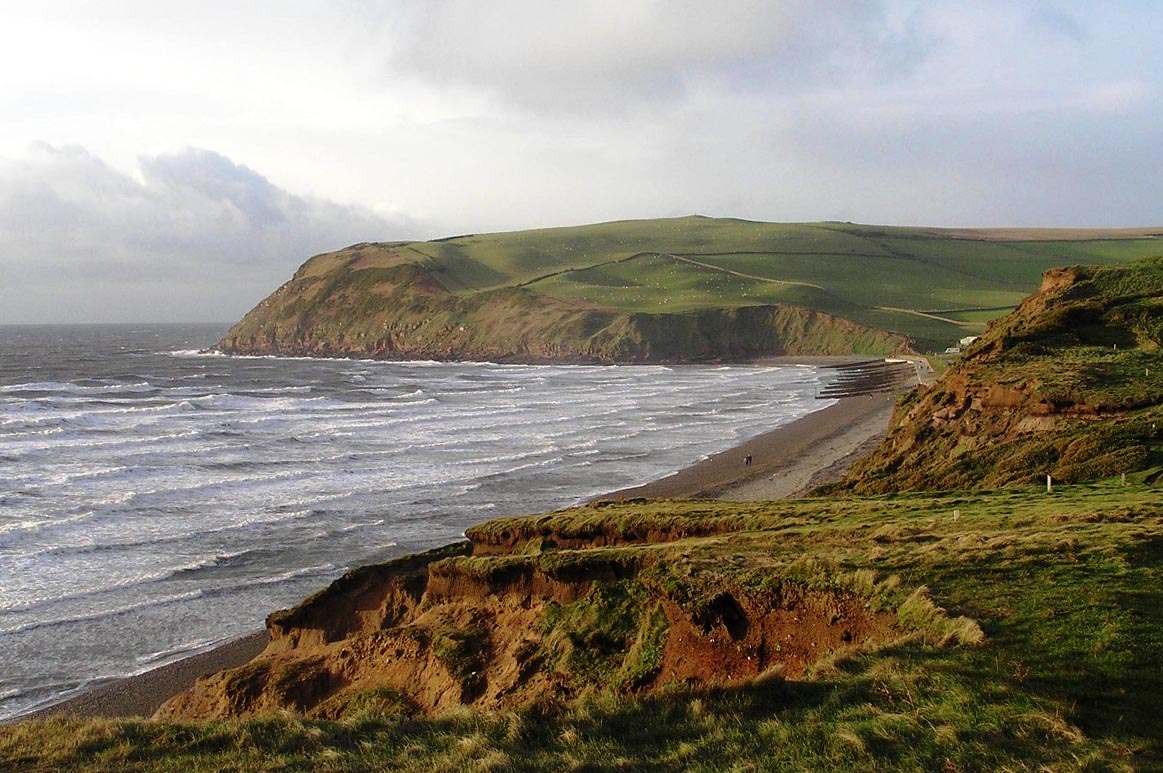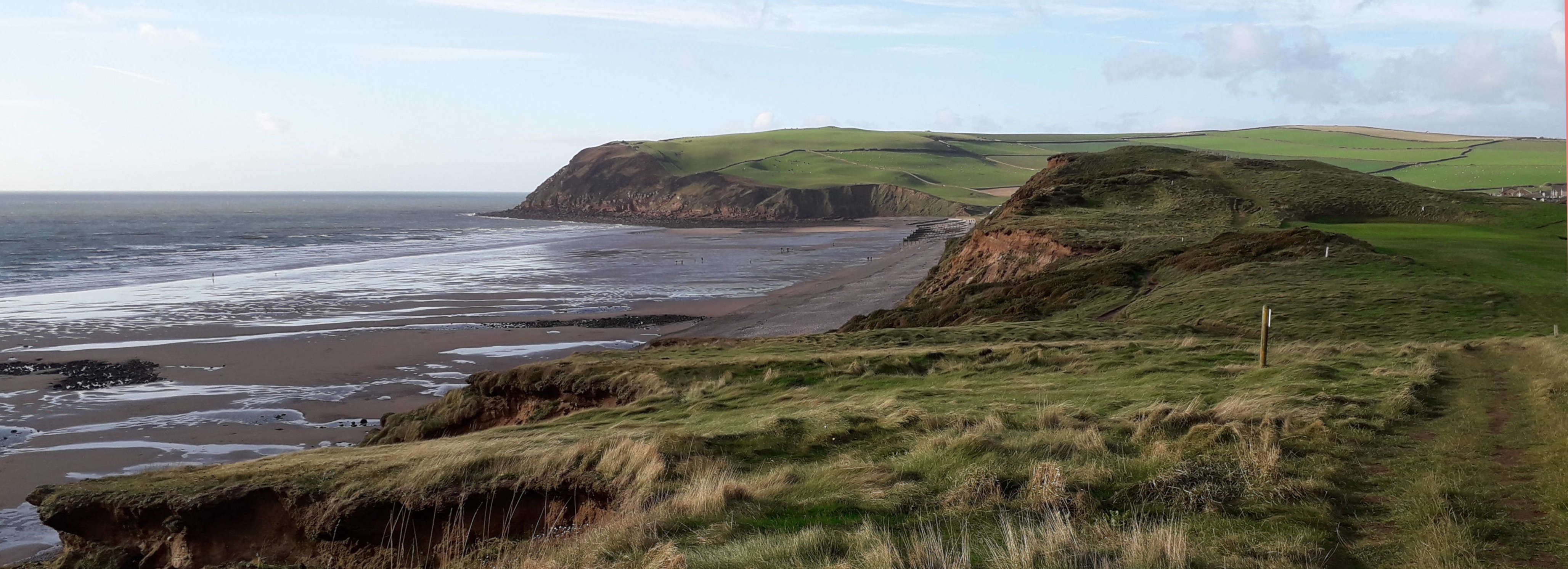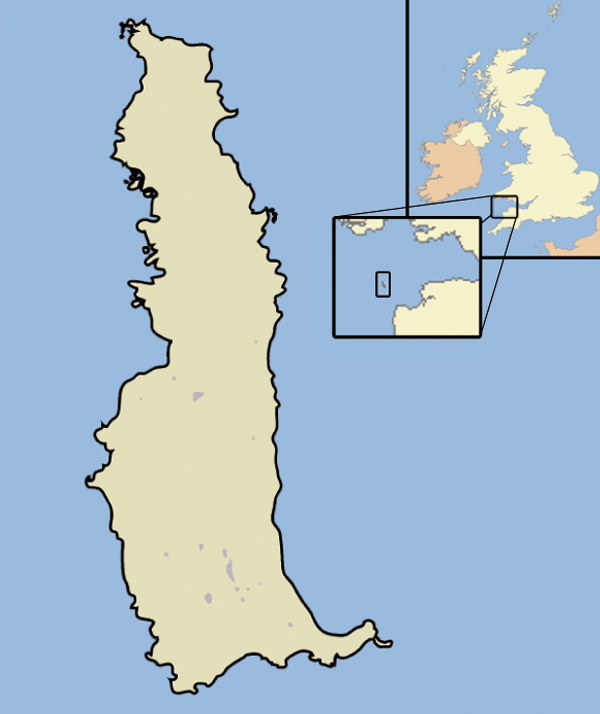|
Cumbria Coast
Cumbria Coast is one of England's Marine Conservation Zones. It was designated in 2013, and is one of a number of such zones off the coast of Cumbria. The MCZ covers the stretch of sea from Whitehaven down to the mouth of the Ravenglass Estuary. It includes the sea off Sellafield (the nuclear fuel reprocessing and nuclear decommissioning site), and off St Bees Head. Fauna The MCZ protects underwater habitats and animals such as the honeycomb worm. St Bees Head, where there is an RSPB reserve, is an important breeding site for sea birds. Extension There was concern that the MCZ as originally designated did not protect enough of the foraging grounds of sea birds. In 2019 an addition was agreed. See also At the time Cumbria Coast was designated the other MCZs in Cumbria were: * Allonby Bay Allonby Bay is a crescent-shaped bay of the Solway Firth on the north-western shore of Cumbria, England. The bay is across. Its northern point is at Dubmill, between the village of Ma ... [...More Info...] [...Related Items...] OR: [Wikipedia] [Google] [Baidu] |
St Bees Head
St Bees Head is a headland on the North West coast of the English county of Cumbria and is named after the nearby village of St Bees. It is the only stretch of Heritage Coast on the English coastline between the Welsh and Scottish borders, and is a Site of Special Scientific Interest. The sea off the Head is protected as part of the Cumbria Coast Marine Conservation Zone. It lies on two long-distance footpaths, the Cumbria Coastal Way and Alfred Wainwright's Coast to Coast Walk. Both long-distance footpaths follow the edge of the cliffs, which rise to 90 metres above sea level and have views of the Cumbrian mountains and coast. North Head The true geographical head is the North Head, which is the most westerly point of Northern England and is the site of St Bees Lighthouse. During WW2 a radar station was operated from here, and some of the buildings can still be seen adjacent to the lighthouse. The foghorn building is to the west of the lighthouse, but is now disused. The ... [...More Info...] [...Related Items...] OR: [Wikipedia] [Google] [Baidu] |
Honeycomb Worm
''Sabellaria alveolata'', (also known as the honeycomb worm), is a reef-forming polychaete. It is distributed around the Mediterranean Sea, and from the north Atlantic Ocean to south Morocco. It is also found in the British Isles at its northern limit in the northeast Atlantic. Its common name is derived from the honeycomb-like pattern it creates when building its tube reefs. Description ''Sabellaria alveolata'' is an annelid (ringed worm) that lives in small tubes it constructs from cemented coarse sand and/or shell material, forming reefs. The tubes are arranged in close proximity and have a distinctive honeycomb-like appearance. These reefs range from to thick and take the form of hummocks, sheets or more massive formations. Adult size ranges from . The thorax has three pairs of flattened chaetal sheaths, its chaetes form an operculum which is used to seal the tube opening. Depending on the local substrate, the colour of the tube varies. Distribution ''Sabellaria alveol ... [...More Info...] [...Related Items...] OR: [Wikipedia] [Google] [Baidu] |
Marine Reserves Of England
Marine is an adjective meaning of or pertaining to the sea or ocean. Marine or marines may refer to: Ocean * Maritime (other) * Marine art * Marine biology * Marine debris * Marine habitats * Marine life * Marine pollution Military * Marines, a naval-based infantry force ** United States Marine Corps ** Royal Marines of the UK ** Brazilian Marine Corps ** Spanish Marine Infantry ** Fusiliers marins (France) ** Indonesian Marine Corps ** Republic of China Marine Corps ** Republic of Korea Marine Corps ** Royal Thai Marine Corps *"Marine" also means " navy" in several languages: ** Austro-Hungarian Navy () ** Belgian Navy (, , ) ** Royal Canadian Navy () *** Provincial Marine (1796–1910), a predecessor to the Royal Canadian Navy ** Navy of the Democratic Republic of the Congo () ** Royal Danish Navy () ** Finnish Navy (, ) ** French Navy () ** Gabonese Navy () ** German Navy () ** Royal Moroccan Navy () ** Royal Netherlands Navy () ** Swedish Navy () ... [...More Info...] [...Related Items...] OR: [Wikipedia] [Google] [Baidu] |
West Of Walney
West of Walney is a Marine Conservation Zone in the Irish Sea west of Walney Island, England. It was designated in 2016 to protect subtidal mud and sand habitats: at that time the MCZ was one of three off the coast of Cumbria, the others being Allonby Bay and Cumbria Coast. The area is 388km2, a similar size to the Isle of Wight off the south coast of England. The depth range of the site is 15–33 metres. An unusual feature of the MCZ is that it is co-located with offshore wind turbines.While the tubines are referred to as "offshore" (not being on land), the MCZ is mainly in "onshore" (territorial) waters, defined as being within 12 nautical miles of the coas/ref> At the time of designation it was noted that it would be simpler to restrict fishing by bottom trawling because this type of fishing is generally discouraged within windfarm developments. In 2019 a bye-law prohibited bottom trawling from the majority of the site. Sustainable fishing for prawns using creels has been trial ... [...More Info...] [...Related Items...] OR: [Wikipedia] [Google] [Baidu] |
Allonby Bay
Allonby Bay is a crescent-shaped bay of the Solway Firth on the north-western shore of Cumbria, England. The bay is across. Its northern point is at Dubmill, between the village of Mawbray and the hamlet of Salta, and its southern end is just to the north of Maryport, near the village of Crosscanonby. The B5300 coast road follows the shoreline of Allonby Bay, running between Silloth in the north and Maryport in the south. As an inlet of the Solway Firth, Allonby Bay is also part of the Irish Sea. The bay is named after the village of Allonby, which sits roughly in the centre of the shoreline. Geography and conservation Allonby Bay has a stretch of beach which was awarded the coveted blue flag in 2005. However, following water quality tests in 2012, Allonby Bay was on the verge of losing its blue flag status, which caused much concern in Allonby itself, as the village relies on tourism as a major source of income. Near the northern end of Allonby Bay is Salta Moss. This ... [...More Info...] [...Related Items...] OR: [Wikipedia] [Google] [Baidu] |
Whitehaven News
CN Group Limited was formerly an independent local media business based in Carlisle, Cumbria, England, operating in print and radio. It is now owned by Newsquest and their newspapers are printed in Glasgow. The company was formerly known as the Cumbrian Newspapers Group Ltd but changed its name to reflect the fact that is no longer primarily a newspaper publisher. One of its principal subsidiaries, however, is still known as Cumbrian Newspapers Ltd. History The company can trace its origins to the founding of the ''Carlisle Patriot'' newspaper in 1815, which eventually became the ''Cumberland News''. Historical copies of the ''Carlisle Patriot'', dating back to 1817, are available to search and view in digitised form at The British Newspaper Archive. Radio Until 2017 CN Group owned two radio stations: Lancaster-based The Bay and Kendal-based Lakeland Radio. In October 2017 it was announced that both had been sold to the UK media company Global. The company formerly owned ... [...More Info...] [...Related Items...] OR: [Wikipedia] [Google] [Baidu] |
Seabird
Seabirds (also known as marine birds) are birds that are adapted to life within the marine environment. While seabirds vary greatly in lifestyle, behaviour and physiology, they often exhibit striking convergent evolution, as the same environmental problems and feeding niches have resulted in similar adaptations. The first seabirds evolved in the Cretaceous period, and modern seabird families emerged in the Paleogene. In general, seabirds live longer, breed later and have fewer young than other birds do, but they invest a great deal of time in their young. Most species nest in colonies, which can vary in size from a few dozen birds to millions. Many species are famous for undertaking long annual migrations, crossing the equator or circumnavigating the Earth in some cases. They feed both at the ocean's surface and below it, and even feed on each other. Seabirds can be highly pelagic, coastal, or in some cases spend a part of the year away from the sea entirely. Seabirds ... [...More Info...] [...Related Items...] OR: [Wikipedia] [Google] [Baidu] |
St Bees Head RSPB Reserve
St Bees Head RSPB Reserve at St Bees Head, Cumbria, England, is a coastal site which provides a home for thousands of seabirds under the care of the RSPB. The birds include kittiwakes, fulmars, guillemots, razorbills, cormorants, Atlantic puffins, shags and herring gulls. It is the only breeding place in England for black guillemots. The rock pipit, which breeds on rocky coasts, is known to breed in only one other site in Cumbria. As well as the seabirds already mentioned, other birds which regularly breed at St Bees Head include the tawny owl, sparrowhawk, peregrine and the common raven. In partnership with Natural England, the National Trust and local government authorities, the RSPB has also been involved in a project to improve coastal habitats outside the reserve. One aim is to have suitable grassland to support the return of the chough. Facilities There are observation stations on the North Head footpath. The cliffs rise to 90 metres and visitors are advis ... [...More Info...] [...Related Items...] OR: [Wikipedia] [Google] [Baidu] |
Marine Conservation Zone
A Marine Conservation Zone (MCZ) is a type of marine nature reserve in UK waters. They were established under the Marine and Coastal Access Act (2009) and are areas designated with the aim to protect nationally important, rare or threatened habitats and species. Approximately 20% of UK waters now have some protection although some conservation, fisherman and wildlife groups are concerned that there are no management plans for each zone. Following Brexit, legislation was introduced into Parliament in January 2020 which would give new powers to the Marine Management Organisation in English waters. No Take Zones MCZs generally do not provide "no-take" protection banning fishing. However, Lundy Island MCZ includes a preexisting "no-take zone", which was established in 2003. Two more no-take zones were established in UK waters by 2010 (bringing the total area protected to five square kilometres):, and an additional one in 2016 * Lamlash Bay (2008), subsequently included within the ... [...More Info...] [...Related Items...] OR: [Wikipedia] [Google] [Baidu] |
Cumbria
Cumbria ( ) is a ceremonial and non-metropolitan county in North West England, bordering Scotland. The county and Cumbria County Council, its local government, came into existence in 1974 after the passage of the Local Government Act 1972. Cumbria's county town is Carlisle, in the north of the county. Other major settlements include Barrow-in-Furness, Kendal, Whitehaven and Workington. The administrative county of Cumbria consists of six districts (Allerdale, Barrow-in-Furness, Carlisle, Copeland, Eden and South Lakeland) and, in 2019, had a population of 500,012. Cumbria is one of the most sparsely populated counties in England, with 73.4 people per km2 (190/sq mi). On 1 April 2023, the administrative county of Cumbria will be abolished and replaced with two new unitary authorities: Westmorland and Furness (Barrow-in-Furness, Eden, South Lakeland) and Cumberland (Allerdale, Carlisle, Copeland). Cumbria is the third largest ceremonial county in England by area. It is ... [...More Info...] [...Related Items...] OR: [Wikipedia] [Google] [Baidu] |
Nuclear Decommissioning
Nuclear decommissioning is the process whereby a nuclear facility is dismantled to the point that it no longer requires measures for radiation protection. The presence of radioactive material necessitates processes that are potentially occupationally hazardous, expensive, time-intensive, and present environmental risks that must be addressed to ensure radioactive materials are either transported elsewhere for storage or stored on-site in a safe manner.Benjamin K. Sovacool. "A Critical Evaluation of Nuclear Power and Renewable Electricity in Asia", ''Journal of Contemporary Asia'', Vol. 40, No. 3, August 2010, p. 373. The challenge in nuclear decommissioning is not just technical, but also economical and social. Decommissioning is an administrative and technical process. It includes clean-up of radioactive materials and progressive demolition of the facility. Once a facility is fully decommissioned, no radiological danger should persist. The costs of decommissioning are gene ... [...More Info...] [...Related Items...] OR: [Wikipedia] [Google] [Baidu] |
Nuclear Reprocessing
Nuclear reprocessing is the chemical separation of fission products and actinides from spent nuclear fuel. Originally, reprocessing was used solely to extract plutonium for producing nuclear weapons. With commercialization of nuclear power, the reprocessed plutonium was recycled back into MOX nuclear fuel for thermal reactors. The reprocessed uranium, also known as the spent fuel material, can in principle also be re-used as fuel, but that is only economical when uranium supply is low and prices are high. A breeder reactor is not restricted to using recycled plutonium and uranium. It can employ all the actinides, closing the nuclear fuel cycle and potentially multiplying the energy extracted from natural uranium by about 60 times. Reprocessing must be highly controlled and carefully executed in advanced facilities by highly specialized personnel. Fuel bundles which arrive at the sites from nuclear power plants (after having cooled down for several years) are completely ... [...More Info...] [...Related Items...] OR: [Wikipedia] [Google] [Baidu] |





